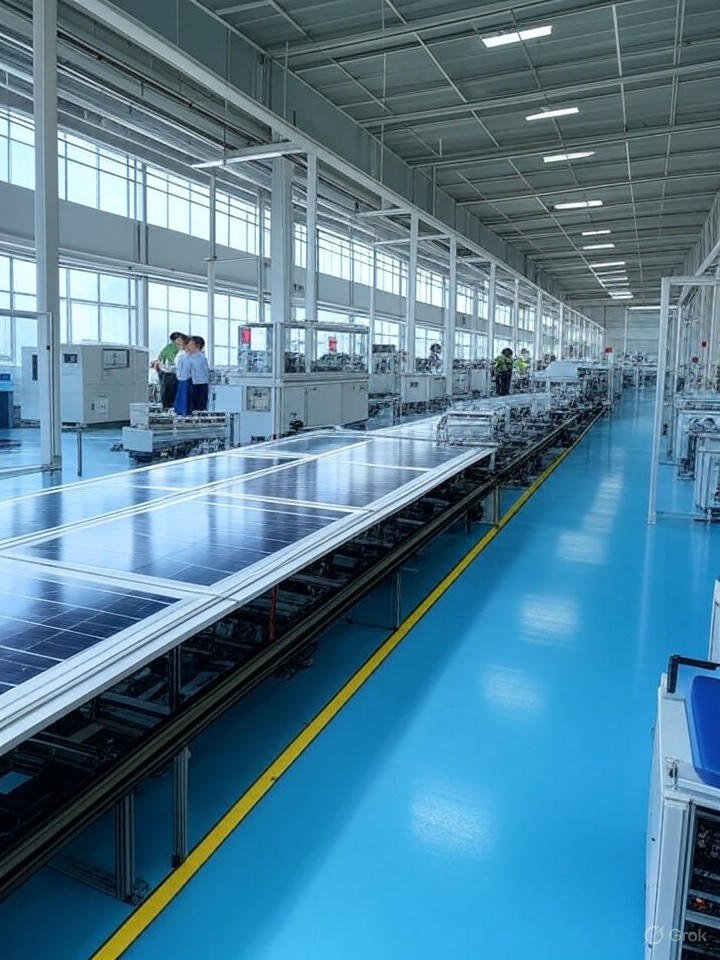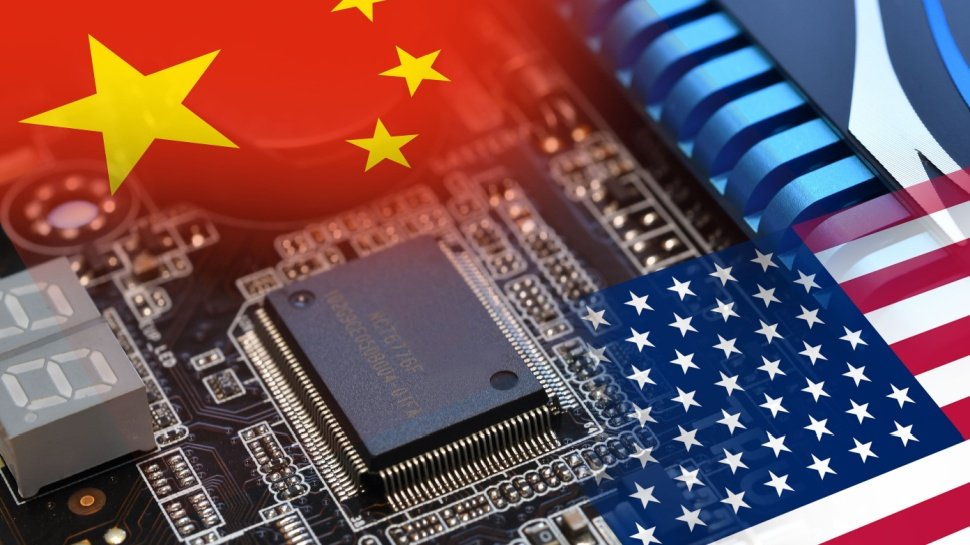As tensions escalate in the U.S.-China trade relationship under a resurgent Trump administration, questions abound about the resilience of Chinese exports. According to a recent analysis in the Financial Times, published on August 3, 2025, as part of its “Market Questions” series, China’s export machine has shown remarkable defiance against previous tariffs, but the coming wave of policies could test its limits. With Trump pledging steeper duties on Chinese goods, potentially up to 60% on some categories, the focus sharpens on whether Beijing’s strategies—like rerouting supply chains through Southeast Asia and Mexico—can sustain momentum.
Data from the first half of 2025 indicates Chinese exports grew by 7% year-over-year, defying expectations amid global slowdowns. This growth is fueled by demand for electric vehicles, solar panels, and advanced electronics, sectors where China dominates. Yet, as the Financial Times notes, the real wildcard is Washington’s targeting of strategic industries, including technology, where exports could face not just tariffs but outright bans on sensitive components like semiconductors.
The Tech Sector’s Frontline Battle: How Innovations Are Shielding Exports
In the technology realm, Chinese firms are leveraging cutting-edge innovations to navigate trade barriers. A report from WebProNews, dated about a week before August 3, 2025, highlights how AI and quantum computing are reshaping supply chains, allowing Chinese exporters to optimize logistics and reduce dependency on U.S. markets. For instance, companies like Huawei and BYD have ramped up investments in sustainable tech, exporting AI-driven renewable energy solutions to Europe and Latin America, bypassing American restrictions.
This pivot is evident in real-time sentiment on social platforms. Posts on X (formerly Twitter) from users like fintech analysts emphasize tokenization as a game-changer, with one noting that tokenized assets could expand 40-fold by 2030, driven by Chinese blockchain integrations in cross




